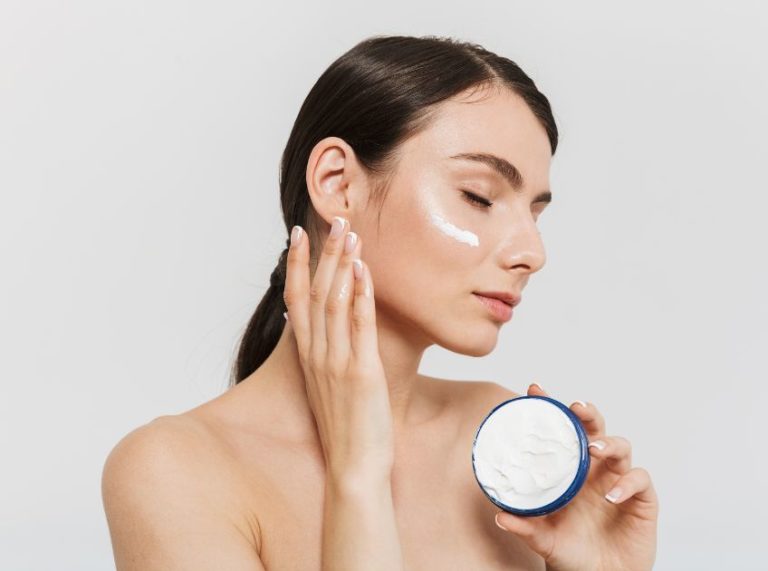
Important: This article is for informational purposes only. Please read our full disclaimer for more details.
Tired of brittle strands, frizz, and an itchy scalp? Nature might be your best solution! If you’re looking for a DIY treatment that works, combining aloe vera and shea butter into a whipped cream could be the nourishing miracle your hair has been waiting for. Rich in essential vitamins and deeply hydrating, this duo has been used in natural beauty routines for centuries—and good reason.
Let’s explore why this combo works, how to make it, and how to use it for stunning, healthier hair.
Why Your Hair Will Love This: Benefits of Aloe Vera and Shea Butter Whipped Cream
- Deep Hydration: Shea butter (1) is packed with fatty acids and vitamins A & E. It locks in moisture and restores shine to dull hair.
- Scalp Soothing: Aloe vera (2) contains enzymes and anti-inflammatory compounds that calm scalp irritation and reduce dandruff.
- Stimulates Growth: The proteolytic enzymes in aloe vera repair dead skin cells on the scalp, supporting healthy hair growth.
- Damage Repair: Both ingredients strengthen hair strands and reduce split ends caused by heat or coloring.
Is It Safe to Use Aloe Vera and Shea Butter on Hair?
Yes, for most people, it’s safe and even beneficial. However, it’s essential to:
- Do a patch test if you’re using these ingredients for the first time.
- Ensure you’re using pure, unrefined shea butter and fresh or organic aloe vera gel.
- Discontinue use if you experience itchiness, irritation, or hair shedding after application.
As always, tailor your usage to your hair type and condition.
How to Use Aloe Vera and Shea Butter Together for Best Results
You can use this whipped blend as:
- A pre-shampoo treatment to protect and hydrate.
- A leave-in conditioner to tame frizz and define curls.
- A scalp treatment mask to reduce flakiness and irritation.
Pro tip: Adjust the ratio depending on your hair porosity. More aloe vera for oily hair, more shea butter for dry or high-porosity hair.
Best DIY Hair Mask Recipe with Aloe Vera and Shea Butter
Give your hair a luxurious spa day with this easy DIY!
Ingredients:
- 2 tbsp unrefined shea butter
- 1 tbsp pure aloe vera gel
- 1 tsp coconut oil (optional for added shine)
- A few drops of rosemary or lavender essential oil (optional)
Directions to Use:
- Melt the shea butter slightly (use a double boiler or microwave for 15–20 seconds).
- Add aloe vera gel and optional oils.
- Whip the mixture with a hand blender or whisk until creamy and fluffy.
- Apply to clean, damp hair from roots to ends.
- Leave on for 30–45 minutes under a shower cap.
- Rinse thoroughly and style as usual.
Use 1–2 times a week for best results!
Frequently Asked Questions (FAQ’S)
1. Can I use store-bought aloe vera gel?
A. Yes, but make sure it’s free from alcohol, artificial colors, and added fragrance.
2. Will this work on all hair types?
A. Absolutely! But you might need to tweak the ratio—more shea butter for curly or coarse hair, more aloe for fine or oily hair.
3. How long can I store the whipped cream?
A. Keep it in an airtight jar in the refrigerator for up to 1–2 weeks.
Healthy hair doesn’t have to come from a bottle. With just a few ingredients and a few minutes, you can create a salon-worthy treatment at home. This whipped aloe vera and shea butter cream deeply nourishes your strands, soothes your scalp, and helps you fall back in love with your natural texture. Your hair will thank you.















